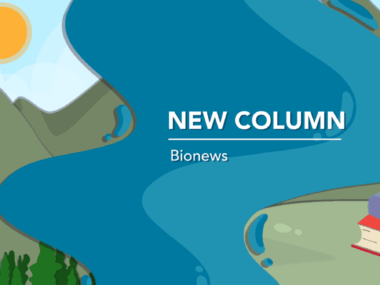FDA Clears Phase 3 Trial Testing EB-101 Cell Therapy for Severe Blistering Skin Disorder
Written by |

shutterstock_63078820
After its recent clinical hold by regulators, the Phase 3 VIITAL trial has been given the green light to investigate EB-101, a gene-corrected cell therapy for people with recessive dystrophic epidermolysis bullosa (RDEB).
Abeona Therapeutics, the company developing EB-101, plans to start VIITAL in early 2020.
RDEB is a severe form of EB caused by mutations in the COL7A1 gene, which contains instructions for making an essential protein for skin health, called type 7 collagen (COL7).
EB-101 has been designed to deliver the corrected version of this gene to patients’ skin cells cultured in a lab dish. These cells are then transplanted back to the patients, so that their skin regains the ability to generate COL7.
VIITAL is a multicenter, randomized trial that will evaluate the therapeutic potential of EB-101. The U.S. Food and Drug Administration (FDA) had refused to approve its start due to concerns about the therapy’s stability during transport to clinical sites. It has now cleared Abeona to start the study after reviewing additional data on EB-101’s stability during transport and delivery to patients.
“The Abeona team has worked diligently to provide a prompt and thorough response to the FDA, enabling us to proceed with our pivotal Phase 3 trial for EB-101,” João Siffert, MD, CEO of Abeona, said in a press release.
The company anticipates enrolling 10 to 15 RDEB patients in VIITAL. Most potential participants have already been pre-screened.
EB-101 is expected to be tested in approximately 30 chronic skin wounds. The study’s main goal is to determine the proportion of wounds that achieve a minimum of 50% healing within three months of treatment. This will be determined by comparing treated wounds with untreated ones from the same participant.
Additional goals include assessing the patients’ overall perception of changes in pain levels compared to baseline. Other relevant patient-reported outcomes include pain while dressing, impact of pain on quality of life, and physical abilities.
In a previous Phase 1/2 trial (NCT01263379) carried out by investigators from Stanford University, EB-101 led to successful wound healing for up to five years in seven adults with RDEB. The therapy also led to continuous production of COL7 in skin cells up to two years after treatment, and did not lead to any serious treatment-related side effects.
“Recently published long-term follow up data from our Phase 1/2 trial leaves us increasingly confident that EB-101 can provide durable healing for large, chronic wounds that afflict many RDEB patients,” Siffert said. “We are now focused on initiating the VIITAL study in the first quarter of 2020.”
EB-101 has been granted regenerative medicine advanced therapy, breakthrough therapy, and rare pediatric designations in the U.S. It has also received orphan drug designation in the U.S. and E.U.





